Bhutan was relatively isolated until the early 1950s; this tiny country has seen more change in the last 70 years than in the previous 400 years. To date, Bhutan has maintained many of its traditional social structures and has actively sought to preserve its cultural identity in the face of modernization and increasing external influences. In this article, we take a look at the 12 different aspects of life in Bhutan. And this should sum up the Bhutanese way to live life.
12 Aspects of Bhutanese Lifestyle
- The Bhutanese Character
- Bhutan Beat
- Dzoe – Spirit Catcher
- Doma
- Driglam Namzha
- Bhutan’s Silver Screen
- Everyday Buddhism
- Goongtong – A Word for Our Times
- Learning
- Women in Bhutan
- Marriage
- Dress: Gho & Kira
1. The Bhutanese Character – Live life the Bhutanese way
The smiles of the children walking to school in the morning light, the laughter heard in the family house, the shy greetings of the women weaving outside their homes – the travellers will soon enter. The Bhutanese are warm, open people – quick to smile and laugh. Like the other peoples of the Himalayas, Bhutanese have an infectious sense of humour and quickly overcome communication barriers.
These simple acts are spontaneous and provide the traveller with both fond memories and a brief insight into the generous nature of the Bhutanese.
2. Bhutan Beat

The Bhutan music scene is small and the most popular local music, Rigsar, is constantly developing. Rigsar is typically performed on modern instruments, including electric piano and synthesizer. Rigsar combines elements of traditional Bhutanese and Tibetan tunes and is influenced by Hindi film music. Popular rigsar male and female performers often appear in locally produced films.
3. Dzoe – Spirit Catcher
Often you’re going to come across a curious structure of twigs, straw and rainbow-coloured thread weaved into a spider-web shape. You can see one near a house or a roadside, with flowers and food offerings.
Also Read: Bhutan Travel Tips – Make your vacation seamless with these essential tips
4. Doma
Doma is an integral part of the culture of Bhutan. A common gift for the whole of Bhutanese society, it consists of three main ingredients: Doma or areca nut (Areca catechu), Pani or betel leaf (Piper betel) and Tsune or lime (calcium carbonate).
5. Driglam Namzha – Live life the Bhutanese way

Zhabdrung Ngawang Namgyal has developed a code of etiquette for monastic and government officials. Through the ages, this etiquette method has extended to the laypeople. Named Driglam Namzha, the code of ethics describes how to behave while attending the dzong (fort-monastery), the appropriate way to meet one’s employer and officials, the best way to rest, eat, and so on. Many of the ceremonies held at the beginning of an official event (Chipdrel, Marchang) or an archery match are part of Driglam Namzha.
Also read: Top 10 Things To Buy In Bhutan
6. Bhutan’s Silver Screen
Travellers and Magicians (2003), also produced by Khyentse Norbu, is the first Dzongkha-language film to be produced for international audiences. The film comprises two contrasting plots, the main theme of which remains important to contemporary Bhutan. The main story is about a young frustrated civil servant, Dhundup, who dreams of leaving Bhutan for the USA. He enjoys rock and roll and western styles. And, on the way to the capital, he encounters a variety of people who say that contentment can be found in his own people.
7. Everyday Buddhism

It may be your first sight of the monumental Buddha that watches over the Thimphu Valley or the way your driver swerves clockwise around a chorten stuck in the middle of the road, but as a new visitor, you quickly realize how Buddhism permeates Bhutan ‘s life.
This can be daunting, even alien to many western visitors and the basic knowledge of Buddhism will go a long way towards understanding Bhutanese. In fact, the idea of accumulating merit, having a deep respect for the natural and often sacred environment, respect for religious practitioners: all of them are central elements of the unique fusion of Buddhism and old non-Buddhism.
Also read: Visit The Top 8 Amazing Places In Phuentsholing – Bhutan
8. Goongtong – A Word for Our Times
Migration from rural areas to the bright lights of urban areas is not unique to Bhutan. But the Bhutanese have their own term for it: goongtong (Goong referring to the household and tong meaning empty). The number of empty households and barbecue fields, especially in the east, is a hot topic.
To help stem the flow and revitalize rural enterprises by improving market access. The Bhutanese government has double-tracked the National Highway from Thimphu to Trashigang and strengthened road connectivity to remote gewogs. In fact, visitors to Bhutan can not fail to notice the extensive construction and expansion of the road. The government is also investigating solar energy to supply electricity to small remote communities and help farmers buy farm vehicles.
Also read: Bhutan In October- A must visit for all reason and season
9. Learning – Live life the Bhutanese way
Until the introduction of Western-style education by the Third King in the 1960s, the only education available in Bhutan was in the monasteries. Before that, a few students travelled to Darjeeling or Kalimpong to receive a secular education. Western-style education has expanded to cover the whole country.
10. Women in Bhutan

Compared to other parts of South Asia, Bhutanese women enjoy greater equality and freedom with men. The right to inherit is often passed on to a household woman rather than a man.
11. Marriage
Marriages have been arranged in the past. Since the 1970s, though, the bulk of weddings have been love matches. The median age for men and women is 18 years. In fact, it’s quite common for a husband to move into his wife’s household. And if they divorce, he’s going to come back to live with his own family.
Also Read: Hiking in Bhutan – Explore the Hills and Valleys in the Land of Thunder Dragon
12. Dress: Gho & Kira
The traditional dress of Bhutan is one of the most distinctive and visible aspects of the country. It is mandatory for all Bhutanese to wear national apparel in schools, government offices and on formal occasions. Men, women and children wear traditional clothes made from Bhutanese textiles in a number of colourful designs.
Men are wearing a Gho, a long robe similar to the Tibetan Chuba. In reality, the Bhutanese hoist the Gho to the knee and keep it in place with a woven cloth belt called the Kera. The Kera is wrapped tightly around the waist, and the large pouch-shaped above is traditionally used to hold the cup, the currency, and the products of the Doma. One man said that the best part of the day was when he could relax his uncomfortably tight tie.
Get to know more about the destination by checking out our guides page to head straight to Pickyourtrail website. What are you waiting for? Start customizing your next Bhutan vacation with us.
Related Itineraries
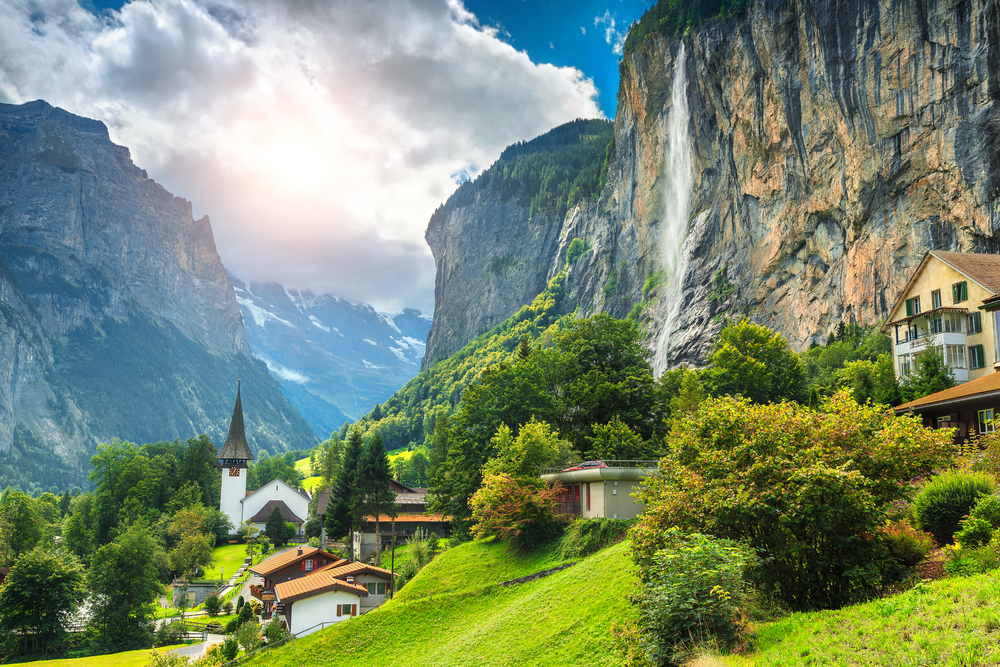
Relaxing 7 day Switzerland itinerary for the Honeymoon travellers
- Flights excluded
- 4 star accommodations
- 6 activities
- Private transfer
₹ 2,20,885
Starting price/person
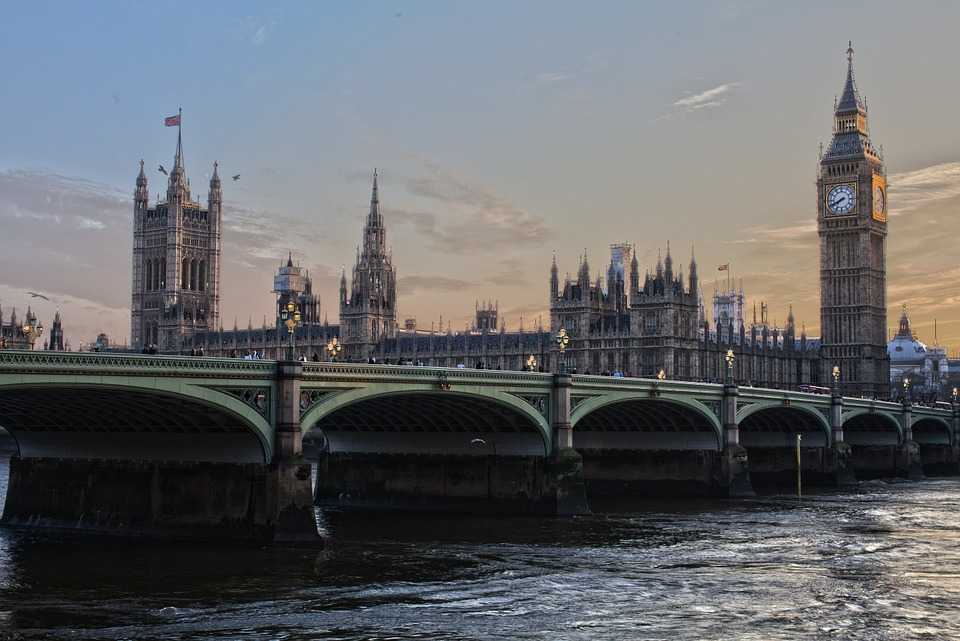
London Dreams: Stay in London and wander around for 6 night stay
- Flights excluded
- 3 star accommodations
- 7 activities
- Shared transfer
₹ 1,07,442
Starting price/person
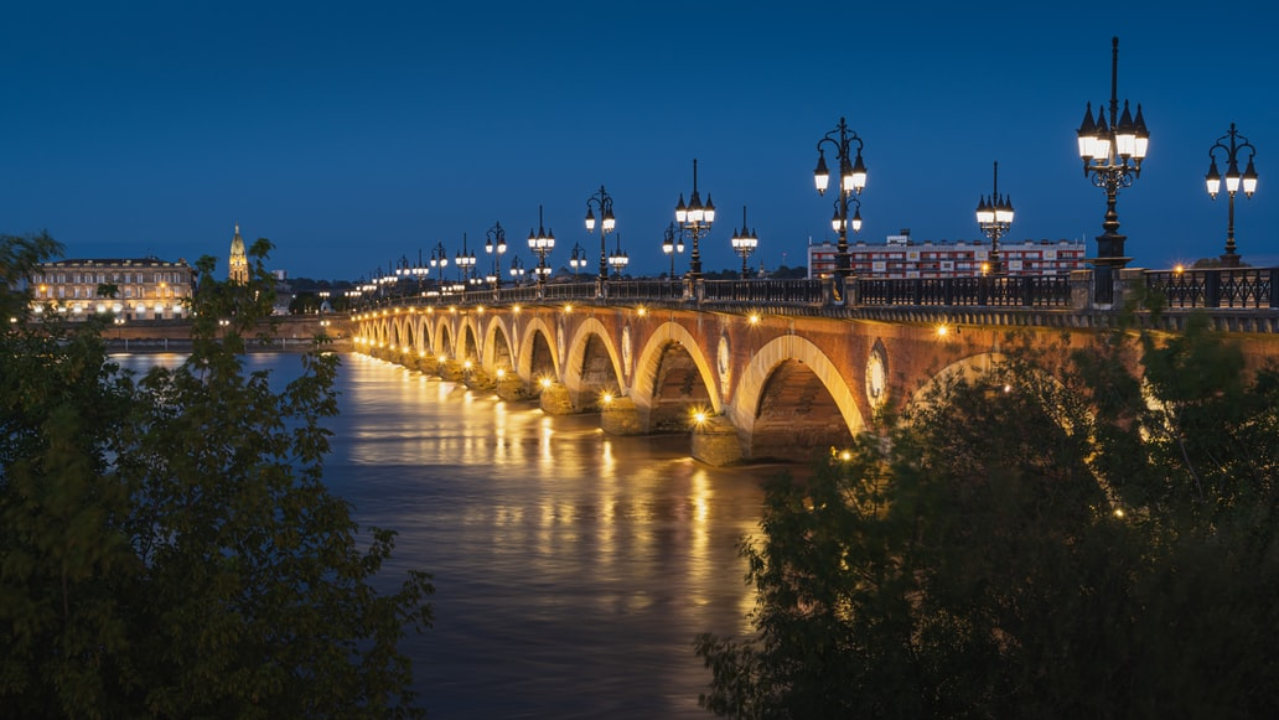
Beautiful 9 Nights France Tour Packages
- Flights excluded
- 3 star accommodations
- 6 activities
- Shared transfer
₹ 52,649
Starting price/person
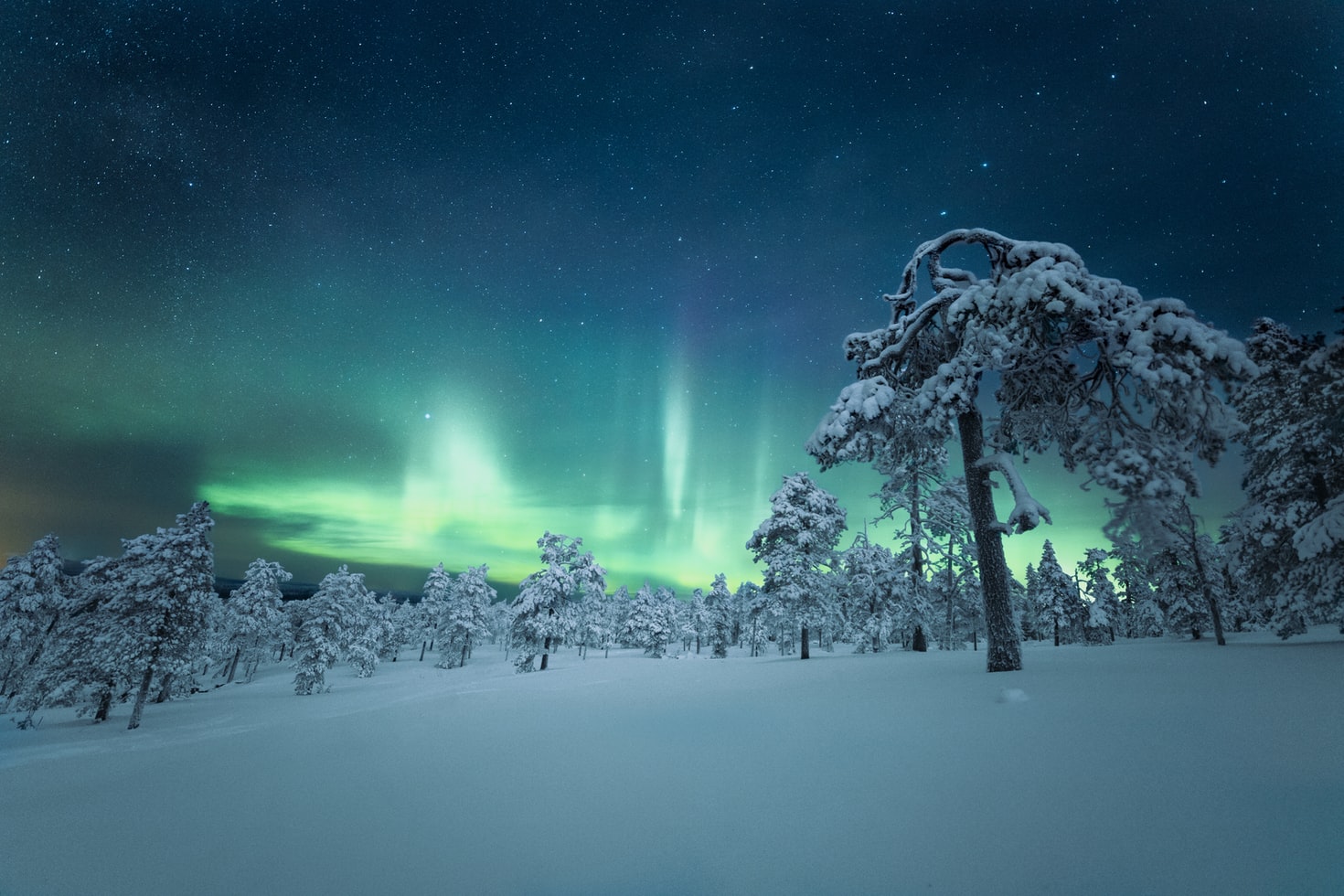
Stunning 6 Nights Northern Lights Packages
- Flights excluded
- 2.5 star accommodations
- 3 activities
- Transfers excluded
₹ 64,954
Starting price/person

Fantastic 6 Nights Finland Northern Lights Tour Package
- Flights excluded
- 4 star accommodations
- 2 activities
- Shared transfer
₹ 69,369
Starting price/person
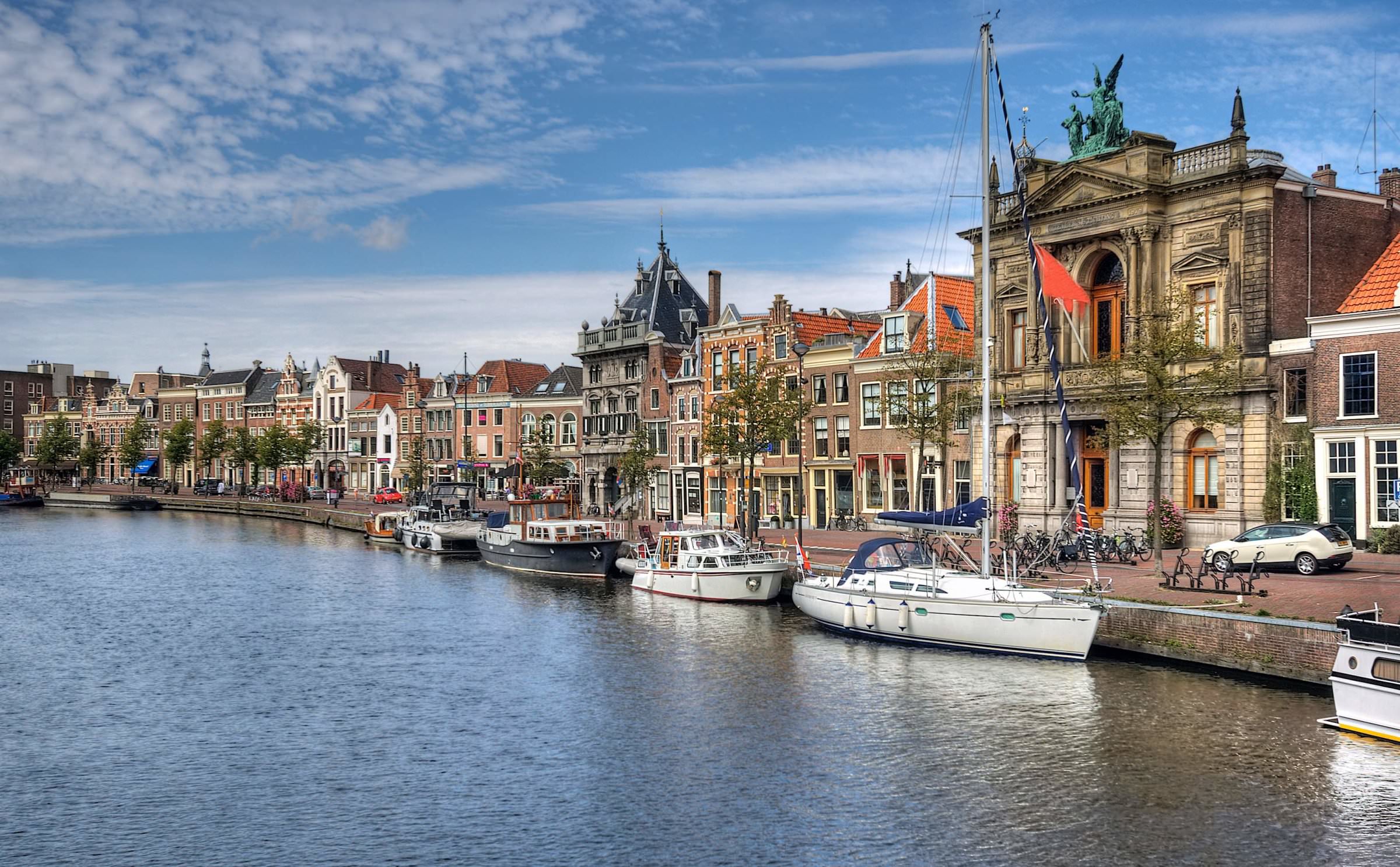
Amazing 10 Nights Netherlands Trip Package
- Flights excluded
- 2 star accommodations
- 9 activities
- Private transfer
₹ 52,895
Starting price/person

Magical 10 Nights Spain Tour Package
- Flights excluded
- 4 star accommodations
- 9 activities
- Shared transfer
₹ 1,17,742
Starting price/person

Europe Tour Packages For 6 Nights
- Flights excluded
- 4 star accommodations
- 7 activities
- Shared transfer
₹ 52,876
Starting price/person

Europe Trip Packages For 10 Nights
- Flights excluded
- 4 star accommodations
- 9 activities
- Shared transfer
₹ 73,921
Starting price/person
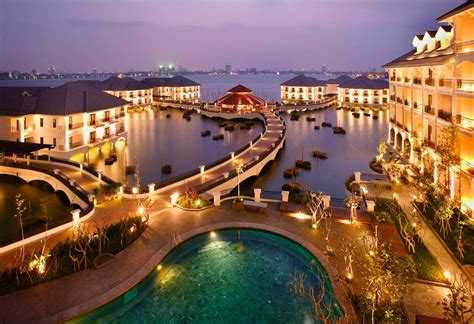
Romantic 8 Nights Bali and Vietnam Honeymoon Packages
- Flights included
- 4 star accommodations
- 6 activities
- Shared transfer
₹ 99,947
Starting price/person



